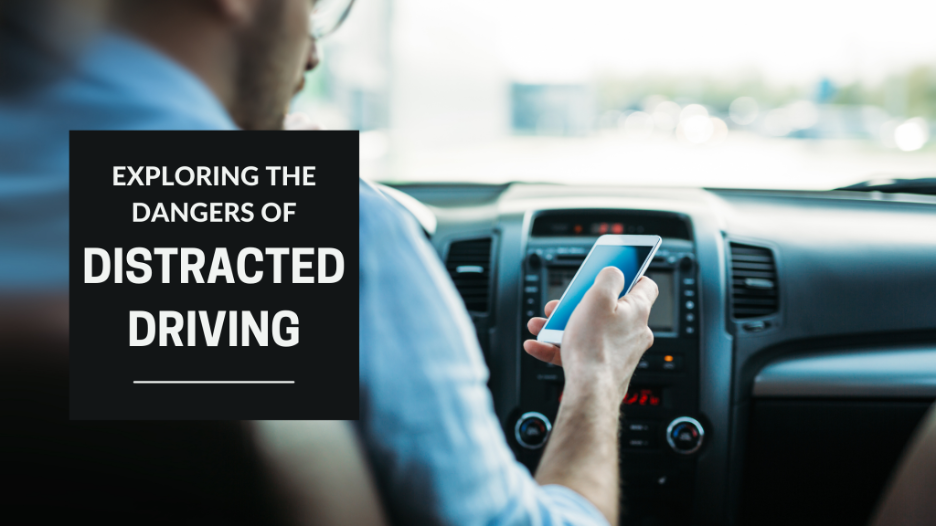
Driving while intoxicated is a well-known driving hazard and one that kills many people each year. Perhaps less well-known is another issue – distracted driving.
Since the emergence of cell phones, there has been a lot of focus on cell phone use while driving. In fact, many states have banned hand-held cell phone use by drivers in an effort to reduce related accidents and fatalities.
While texting or calling are two big driving distractions, they certainly aren’t the only ones. Having an idea of what else falls into the distracted driving category can go a long way toward improving your own driving safety and that of your loved ones.
Types of Driving Distractions
The National Highway Traffic and Safety Administration (NHTSA) defines distracted driving as “any activity that diverts attention from driving.” To see how that includes more than cell phone use, let’s look at the different types of driving distractions in further detail:
- Visual – Anything that causes you to take your eyes off the road is considered a visual distraction. Things like:
- Taking in the scenery
- Putting on makeup (this can also be a manual distraction)
- Looking at another passenger
- Checking a text message
The scary thing is, a lot can happen during the time your eyes are averted. For example, the NHTSA mentions that when you check a text message, it only takes 5 seconds to do so. But, during that time, you’ve traveled the length of a football field if you’re going 55 miles per hour. Yikes!
- Manual – Anything that causes you to take your hands off the wheel is a manual distraction. You’ve probably done several of these things at least once or twice:
- Digging in your bag for something you need
- Picking up a sandwich, drink, or other food item
- Reaching into the back seat to hand something to a passenger
Even though your eyes may still be on the road, manual distractions can keep you from being able to respond appropriately to things around you.
- Cognitive – When you’re driving without fully being present, you’re experiencing cognitive distractions. Things like:
- Planning what you’re going to do when you get home
- Re-hashing the day’s events at work
- Thinking about your squeaking brakes
How to Prevent Distracted Driving
Now that you have a better understanding of what distracted driving actually includes, you’ll be better prepared to prevent it. Here are some tips to get you started:
- Put your phone out of sight while driving.
- Adjust the radio and temperature in your car before you start to drive.
- Make sure your passengers have what they need before you get on the road.
- Make any necessary phone calls or texts prior to getting in your car.
- Get plenty of sleep or stop for frequent rest breaks on long trips.
- Schedule regular preventative maintenance for your vehicle so you aren’t worried about car issues.
Now that you know more about distracted driving yourself, share this information with your friends, family, and loved ones. It’s especially useful for teens and new drivers so they don’t pick up unhealthy driving habits that could affect their safety and that of others on the road.
And, don’t forget to schedule service at your favorite auto repair shop so your vehicle is ready for the road!
Schedule My Appointment Now!
